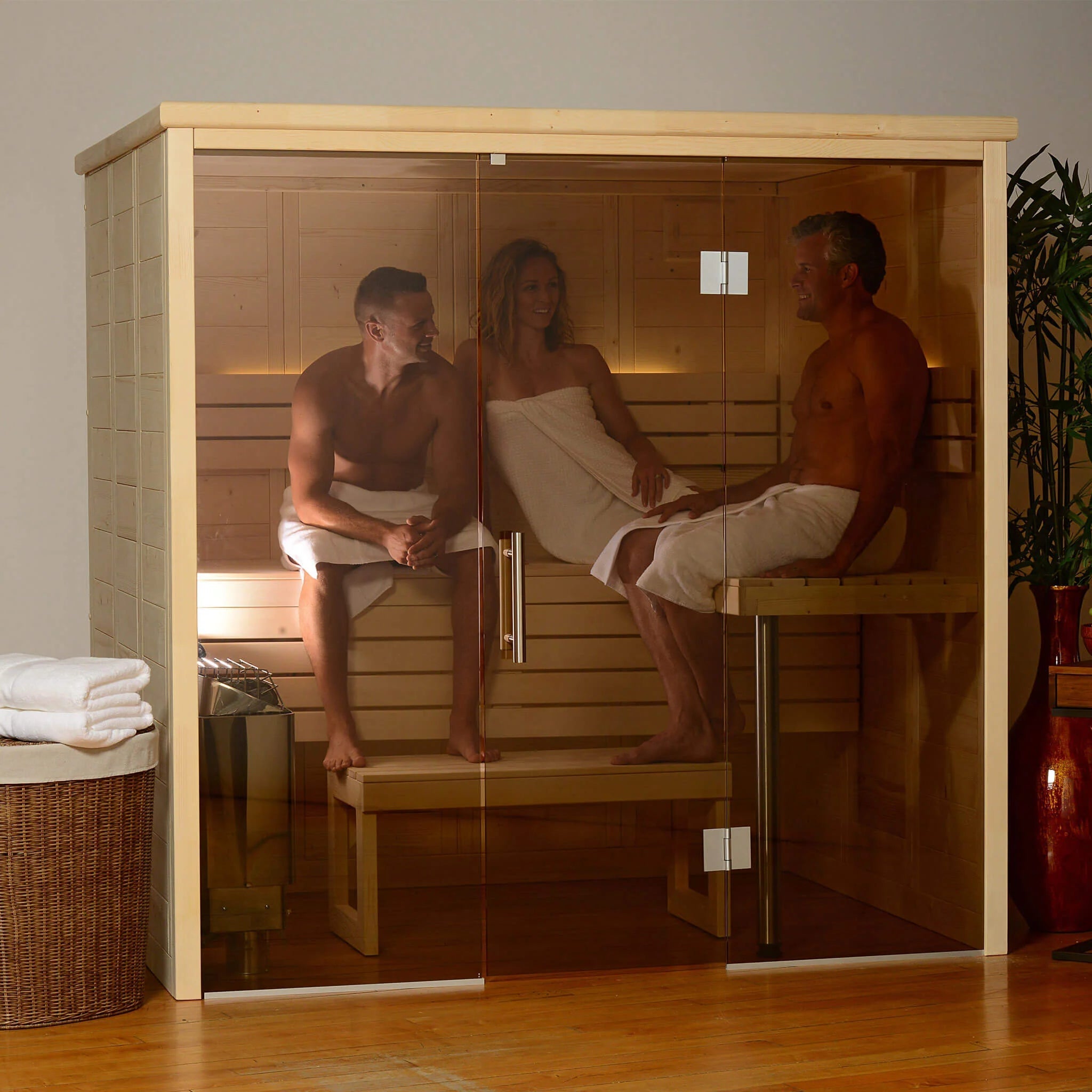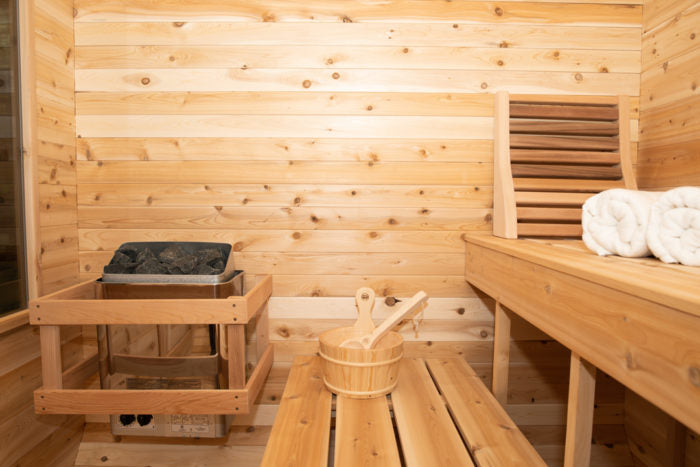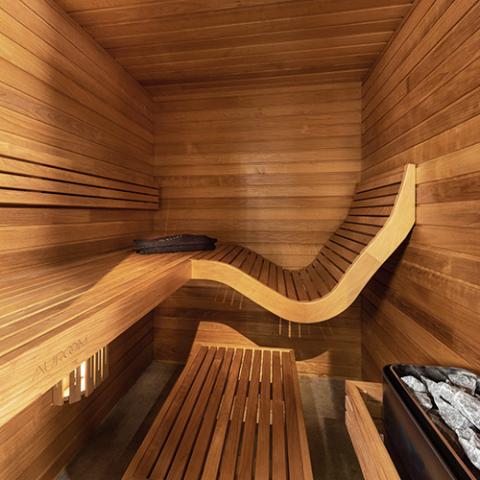Indicators on Traditional Sauna You Need To Know
Some Known Details About Traditional Sauna
Table of ContentsAll about Traditional SaunaThe Of Traditional SaunaThe Best Strategy To Use For Traditional SaunaThe smart Trick of Traditional Sauna That Nobody is Talking AboutNot known Factual Statements About Traditional Sauna
A lot of the weight lost in a sauna is water loss and is re-gained upon rehydrating. Nonetheless, undeniably sauna can be an essential part of a healthy weight management program. To check out the distinctions between conventional and IR saunas, I will certainly divide these into proven, academic, and produced distinctions.Hence, the hottest factor in the saunawhich is at the ceiling straight above the sauna heateris usually between 185 and 190 F. Claims that a standard sauna goes beyond 200 F is merely not true and not suitable for electrical saunas offered in the US. The temperature level for a far-infrared sauna is generally established in between 120 and 140 F; nonetheless, unlike the conventional sauna, the objective in and IR space is not to achieve a heat.
As a result of this, the temperature level difference is practically unimportant, given that excessive sweating causes both sauna types, however the technique of warming the body is different. In an IR sauna the bather will certainly feel warm and will certainly sweat a lot, however at a lot reduced temperature levels (Traditional Sauna). Therefore, if the goal is to invest longer durations of time in the sauna, the IR sauna is a great selection
When a typical sauna has actually been correctly heated up, the sauna wall surfaces are warm, the air temperature level has attained set temperature level and the rocks are incredibly heated. As an intriguing side note, the warmed walls and the rocks are giving off far-infrared heat, combined with the heated air, to produce an "enveloping heat".
Traditional Sauna Fundamentals Explained

When the high temperature is accomplished, the components cycle on and off to keep the high temperature level. The majority of conventional sauna customers appreciate putting water over the rocks to produce steam to raise sauna moisture levels. The advantages of putting water over the rocks include: making the area extra comfy, dampening the nasal passages, and enabling the use of aromatherapy by blending important oils with the water.

When the energy goes into the body, it triggers the body temperature level to raise and inevitably causes sweating. In an infrared sauna it is essential for the emitters/heaters to stay on almost continuously. Considering that there is no mass of rocks to preserve heat, the sauna will certainly cool if the emitters closed off.
As mentioned above, the sauna bather in an infrared space intends to place himself before operating emitters to obtain optimal take advantage of the warm. great site The heating time for both areas can be really different, relying on exactly how the spaces are utilized. For a conventional sauna, a bather should allow 30-40 mins for the room to accomplish a wanted temperature and to effectively pre-heat the rocks.
4 Simple Techniques For Traditional Sauna
A well constructed sauna will typically accomplish a temperature of 150-160 F in concerning 30-40 mins. For hotter temperature levels, the room may need to heat for a longer duration.

Traditional saunas often tend to be larger (hence make use of more power) than infrared saunas, although typical saunas are absolutely offered in one and two individual sizes too. For a two-person typical sauna, 5x6 or 5x7 size is most prominent. The leading bench can conveniently seat two or 3 individuals and is also long enough to rest throughout the sauna session.
A Biased View of Traditional Sauna
The ordinary price per kWH of electrical energy in the U.S. is roughly $0.11, so a 4.5 kW heating unit will certainly set you back approximately $.50 to run for one hour, if the heater site runs continually for one hour. Normally a sauna heating system will certainly run for 75% of the initial hour and 50% of succeeding hours on given that the components cycle once the established temperature level is achieved.

Finally, there is a rarely talked about difference in the social experience between both areas. While our society has actually shed several of the social benefit of the traditional sauna experience, it can be really socially satisfying (Traditional Sauna). From family time in the sauna, to heart-felt discussions with substantial others, to sauna partiesthe conventional sauna experience can result in intimate socializing
Getting My Traditional Sauna To Work
A lot of greater end infrared areas include colored light treatment, audio systems and full-glass fronts.